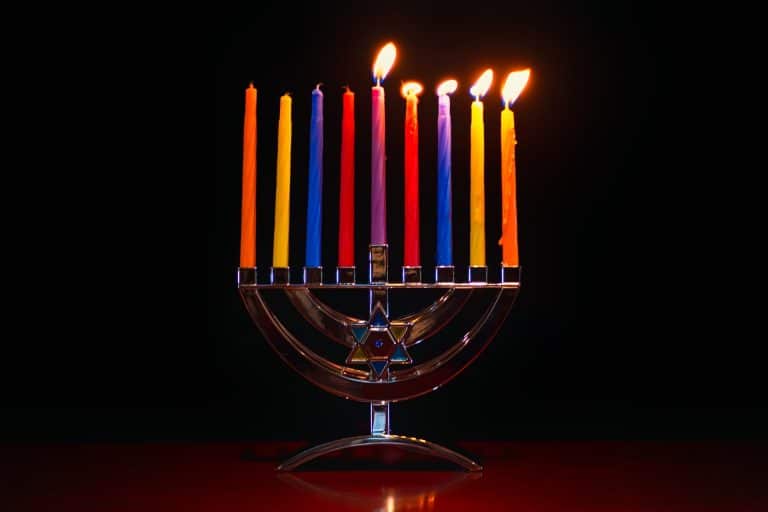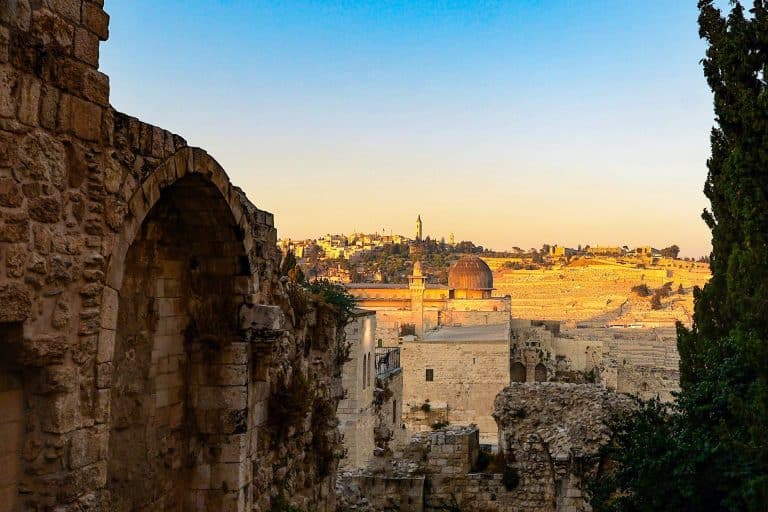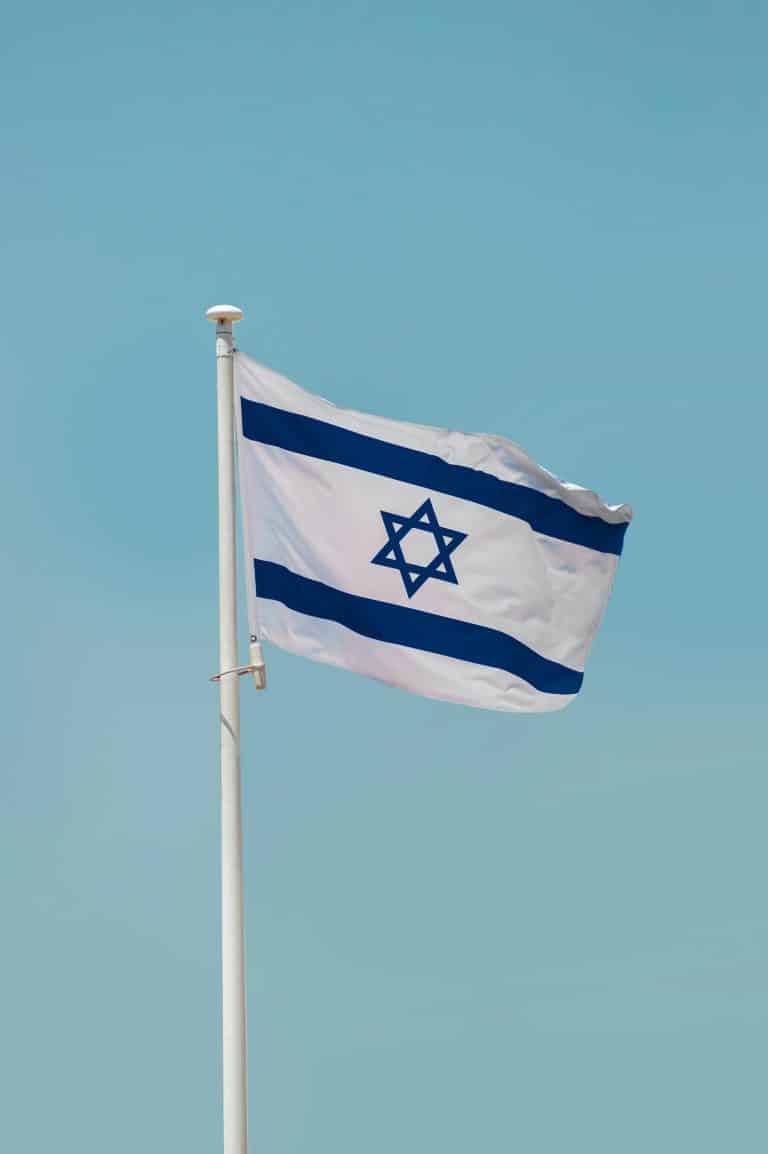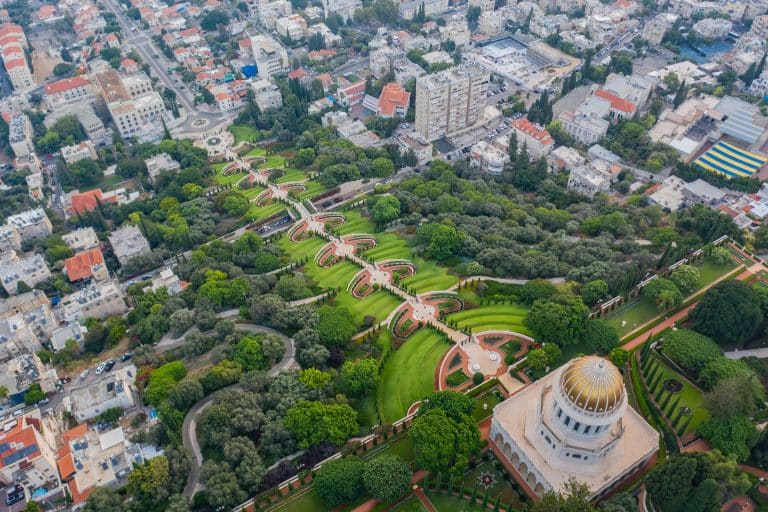The holiday of Purim, which takes place around early springtime in March, is considered by many to be the best holiday to experience in Israel.
As an extremely colorful and joyful holiday: parades, parties, costumes, and celebrations, Purim in Israel is certainly one experience to remember for a lifetime.
Here’s everything you should know about visiting Israel during this unique holiday:
The Meaning and origin of Purim Holiday
The biblical holiday of Purim is a celebration of a miracle for the jewish people under the Persian Empire. The story begins when a political-governmental plot threatened to destroy the entire Jewish people, miraculously brought the exact opposite.
The main traditions of Purim in Israel
Costumes and parades – Adloyadas
Purim is officially celebrated with Adloyadas across Israel. Throughout the Purim holiday, Israeli children head to school dressed in costumes, and nearly every city hosts grand outdoor celebrations, complete with costume competitions. In short, Purim is an exceptional time to experience Israel’s fun times.
Once a year, Tel Aviv’s streets burst into life on the Jewish Purim holiday with folks of all ages dressed up, laughter and tunes everywhere, and a vibe so cheerful you can almost touch it. The city’s old-timers like to say things were even merrier back in the day on Purim. The Purim of 1912 marked the debut of what’s now Tel Aviv’s epic Purim bash – the Adloyada parade. It all started with an art teacher who rallied the neighborhood and his students to put on a show. With the community small back then, everyone pitched in for Purim’s “joy duty,” turning out in amazing get-ups and toting huge dolls down Herzl Street. The mayor, Meir Dizengoff, would be up front on horseback, leading the charge. The whole town got into the spirit, with kids and parents crafting costumes and dolls for weeks, even picking a ‘Queen Esther’ to head the parade.
As for the name Adloyada, it’s a nod to the Book of Esther – it means partying until you can’t tell Haman from Mordecai, the good from the bad. Year after year, the parade just got bigger and better, with more time, creativity, and cash poured into it. They even set up a committee to keep things looking sharp, picking out a fresh theme each time – be it farming, identity, or the waves of new arrivals; artists would whip up huge murals and signs; folks dressed up their homes with flags and blooms; and the streets lit up with colored lights. By the 1930s, Tel Aviv had grown heaps, with nearly 100,000 locals. The parade was the talk of the country, pulling crowds from every corner to see the spectacle of Purim in the city.
But then, in 1936, the city stopped the parades for a bunch of reasons, and it wasn’t until the ’50s that the Adloyada vibe came back. These days, Adloyada’s more of a once-in-a-while thing. The city puts on “street shows” for Purim instead. But those who’ve been around for a while look on and can’t help but say, “Man, it used to be a real blast back in the day.”
Purim’s mitvah – Donations to the poor
Purim is a time for joy and giving, with a special focus on charity. This mitzvah, mentioned in the Gemara and codified by the Rambam and Shulchan Aruch, obliges both men and women to give gifts to the needy. The essence of Purim’s giving is to provide at least two gifts to two different poor individuals. The sages stress that there’s no greater joy than uplifting the poor, the orphans, and the widows. While food or money can be given, some prefer food to ensure it’s used for the Purim feast.
The gifts are given on Purim day to align with the holiday’s spirit of feasting and joy. If one can’t give on the day, appointing a messenger is an alternative. Some allow giving the night before, instructing the recipient to use it the next day. As for the “half shekel” tradition, this is a symbolic act, recalling the Temple times, and is typically given to charity or Torah institutions. The amount varies, but in Israel, it’s customary to give one and a half shekels, or an equivalent to ten grams of pure silver.
In the spirit of Purim, may these acts of kindness overturn any harsh decrees, as it did in the days of Esther and Mordecai, when the Jewish people’s pre-emptive offerings counteracted Haman’s silver.
Purim Gift Baskets
In a very generous Purim tradition, people from all around the country fill baskets and bags with candies, drinks, and other sweets, and send them to friends and family members, as well as to places in need, like hospitals, army bases, orphanages, or retirement homes.
Purim feast
During the holiday of Purim, families usually hold big feasts, traditionally held in the daytime. As the main goal of the holiday is to be happy, the main traditions of the Purim feast are to eat a big amount of food and get considerably drunk.
When is Purim in Israel?
Just like every other Jewish holiday, Purim is held on a different date every year. However, it is usually held in early-mid March, or at the end of February. Anyway, if you want to plan your trip around the holiday, we would recommend checking the specific dates of Purim in your intended visit time.
The holiday lasts for 3 days, with its main events usually taking place on the first day, but generally, the whole week around the holiday is very joyful, with many events that take place around the country, and plenty of colors, costumes, and music, especially in big cities.

Visiting Israel during Purim
Unlike other Jewish holidays, like Passover or Sukkot, Purim doesn’t have any travel restrictions. None of the days of the holiday itself are considered to be holy days, which means that all restaurants, shops, and public transportation services operate regularly during Purim in Israel.
This makes Purim a great time to be in Israel, as it will deliver you a very unique and joyful cultural experience, without travel restrictions.
Best ways to experience Purim in Israel
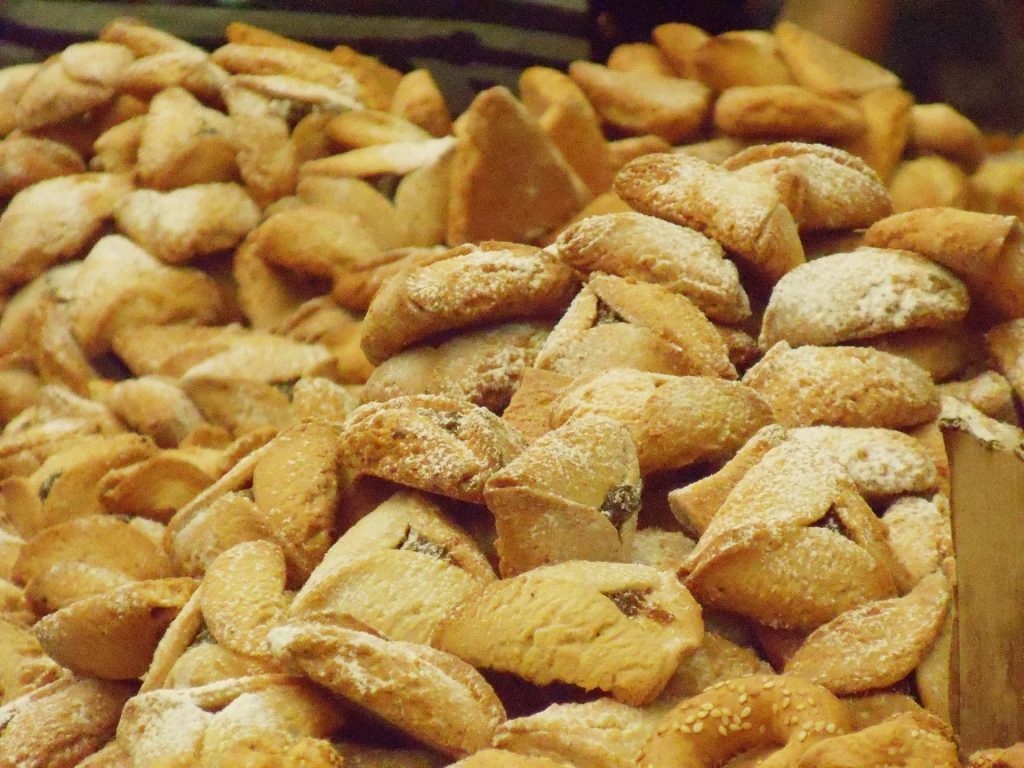
Join a parade – Adloyada
As we said, Purim is an incredible time to party in Israel, with numerous parades that take place all around the country. The parades, known as Adloyada, are held between the late morning to the early afternoon, in the main streets of cities in the entire country. This is a great opportunity to go out and experience this colorful holiday, as you will see the entire city dressed in costumes, and get to enjoy a huge street party.
Keep in mind that in cities that are surrounded by a wall, like Jerusalem or Acre City, the Purim parade is held one day later than the rest of the country.
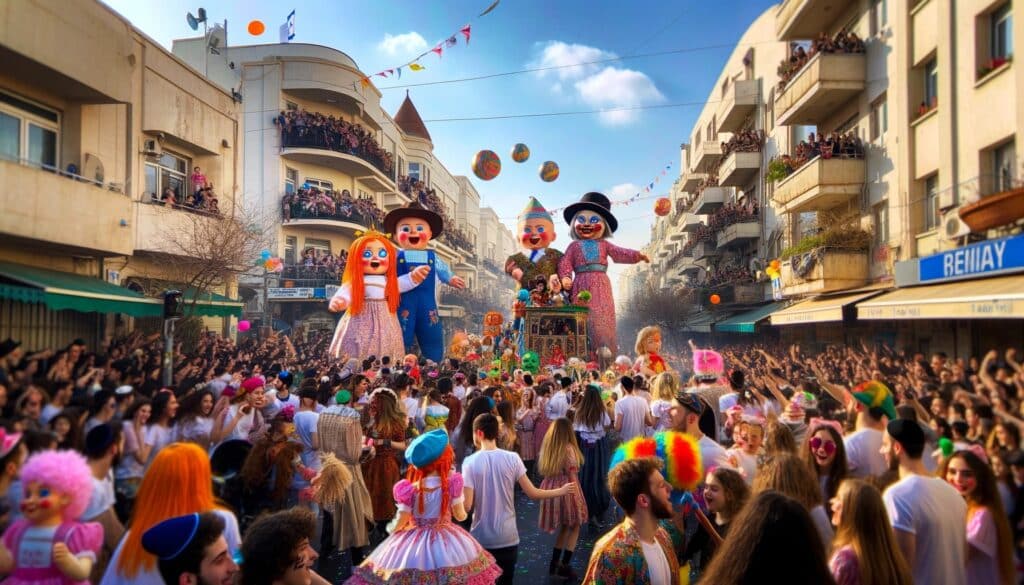
Go to a custom party
Around the holiday of Purim in Israel, and especially in the evening right after the big Purim Parade, you will find a huge selection of Purim-themed parties all over. During this time, every bar, pub, and club turns into a big custom party, making Purim a great time to put on a custom, go out and enjoy the holiday spirit.
Some of the best places to enjoy a Purim party in Israel are Tel Aviv, Beer Sheva, and the city of Holon, which is also famous for its big parade. For a quieter experience, go to a local Kibbutz pub, as almost every Kibbutz holds a nice custom party of its own.
Taste an Ozen Haman – Hamantash!
Almost every Jewish holiday has its own traditional food, and in the case of Purim, it is the delicious Ozen Haman, also known as Hamantash. Ozen Haman, which translates to “Haman’s Ears”, is a small filled-pocket pastry, which is eaten to celebrate the victory of the Jewish people in the story of the Book of Esther. The pastry is traditionally made in the shape of an ear, due to the belief that Haman was executed by being hung from his ears.
Ozen Haman is a very small pastry that is usually filled with either chocolate or poppy seed, and you can find it in every bakery and supermarket in Israel around the holiday of Purim.
The Purim’s holiday origin
The holiday of Purim commemorates the rescue of the Jews in the Persian Empire in 355-356 BC. At that time the Persians ruled most of the world, and their capital was Shushan, which is present-day Susa in Iran. The Persian king Ahasuerus married Esther, a Jewish woman who was forced to hide her religion and her homeland from him on the advice of her uncle Mordecai, who became the king’s close advisor after the marriage. After a short time, a conflict began between Mordecai and Haman, the king’s closest advisor, due to Mordecai’s refusal to bow before Haman.
Following the argument, Haman decided to convince the king to exterminate all the Jews who lived throughout the kingdom of Persia, because they believe in a higher power that is stronger than the king himself.
The king acceded to the request, without knowing that his own wife is Jewish, and issued a royal decree ordering the extermination of all Jews on the 13th of the Jewish month of Adar, a day that Haman chose by lot-casting, and later became the day when The Jewish holiday Purim is celebrated. However, this plot was thwarted thanks to a series of miracles involving Esther and Mordecai, which led instead to the execution of Haman by hanging and the rescue of the Jews.



